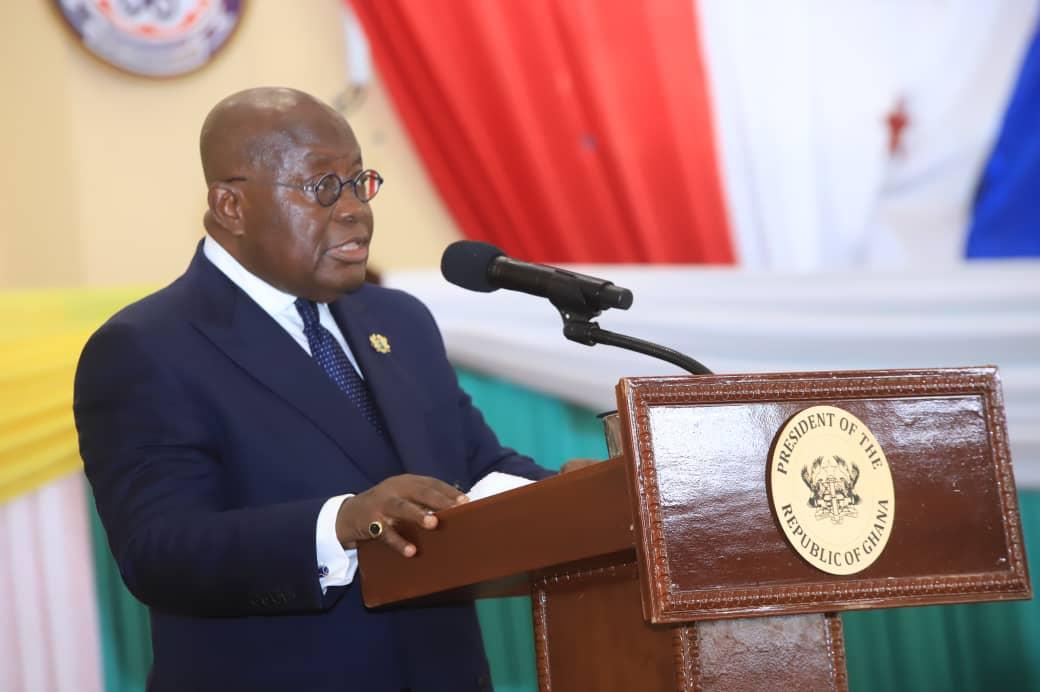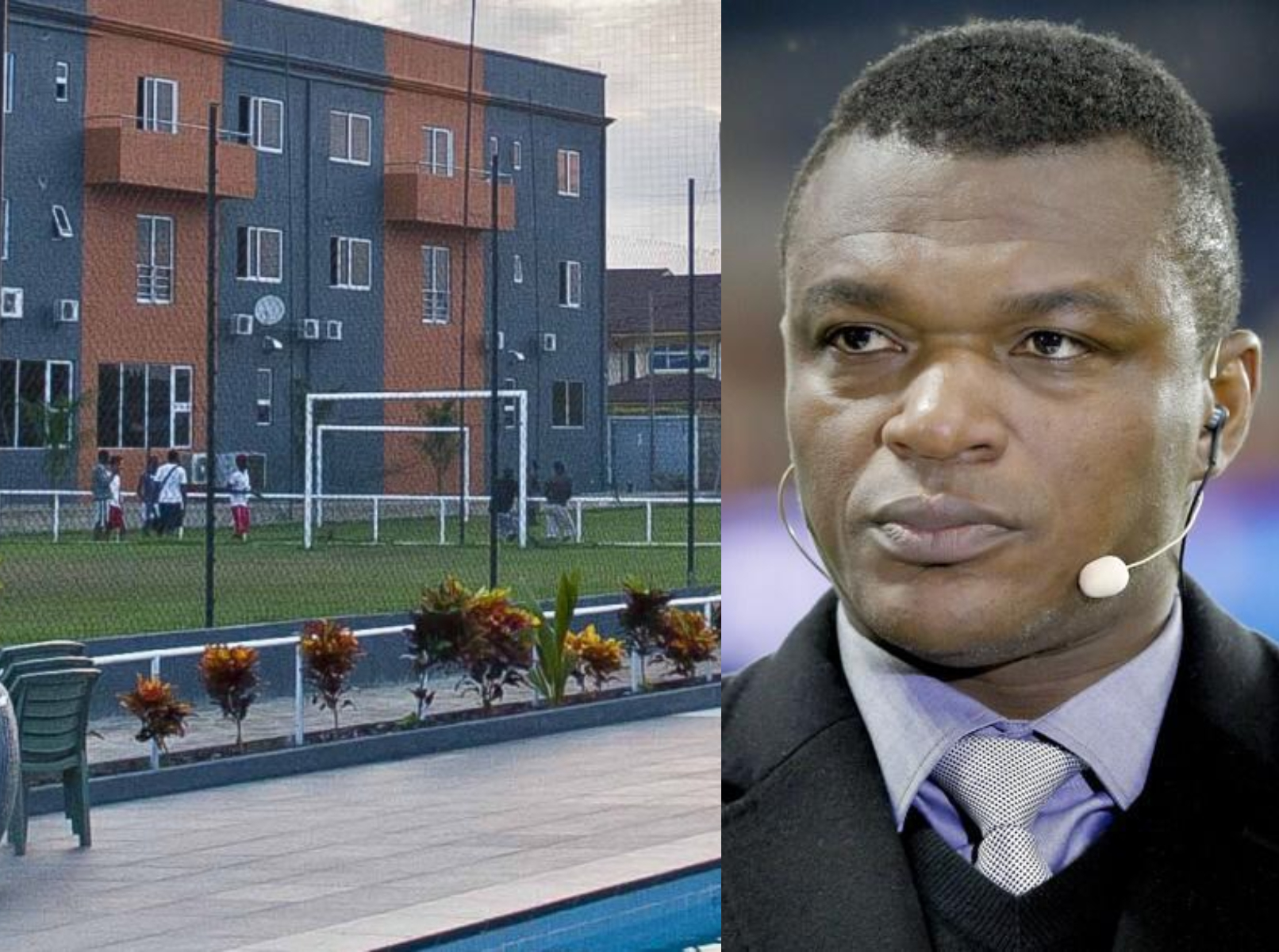
By Vera SONGWE & Ishac DIWAN
The recent protests in Kenya reflect the frustrated aspirations of young people for higher-quality social services and better economic opportunities. It also highlights the difficulty – in Kenya, and across the developing world – of achieving macroeconomic stability at a time of considerable global uncertainty. How can Kenya and other developing economies overcome the challenges they face?
The effects of recent contractionary monetary policy in the United States are still playing out. It has often been said that when the US sneezes, the world catches a cold. In fact, the advanced economies more broadly can spread economic “pathogens” easily, especially to small, open developing economies. But the maladies they cause vary, and so do the necessary remedies.
In recent years, Kenyan President William Ruto’s government has been attempting to service large foreign loans – taken out largely to finance infrastructure construction – amid a series of negative international shocks. The same has been true for Zambian President Hakainde Hichilema’s government.
But whereas Zambia’s external debt reached 80% of GDP in 2020 – a clearly unsustainable level, Kenya’s stands at just 37% of GDP. Any intervention in Kenya should thus focus on easing short-term funding constraints, rather than on full-blown protracted debt restructuring.
So far, neither country has gotten the medicine it needs. In 2020, Zambia became one of the first countries to apply to the G20’s Common Framework for Debt Treatments, which involved the coordination of a large and heterogeneous group of creditors, including the Paris Club of advanced-economy sovereigns, China, India, Saudi Arabia, and private actors. Nearly four years later, Zambia’s debt restructuring is still not finalized, though the country has endured a harrowing economic adjustment (with little financial support).
Kenya has been the guinea pig for a different approach. It developed a three-pronged strategy involving economic adjustments aimed at boosting growth, support from international financial institutions (IFIs), and a rescheduling of debt repayment to other creditors.
This is the right approach for an economy that is illiquid but not insolvent. But, given the level of international coordination required, implementing it successfully is no easy feat, especially at a time when capital markets are cautious, geopolitical tensions are deepening, and demand for IFI funding is rising.
Ruto has learned this firsthand. For two years, he has been traveling the world – from the Paris Forum to the United Nations General Assembly to the Belt and Road Forum – attempting to marshal support for his strategy. Most recently, he made a state visit to the US, where he and President Joe Biden issued a joint statement endorsing the plan. But three important weaknesses have impeded progress.
The first was an excessively short timeline for restoring fiscal balance. Kenya reached an agreement with the International Monetary Fund in 2021 on a multiyear program to support the country’s COVID-19 response and help reduce its debt burden. But the agreement’s requirements – especially to shrink the fiscal deficit by four percentage points (as a share of GDP) over three years – were unusually stringent and ultimately proved unrealistic. Making matters worse, when early targets were missed, Kenya faced pressure to raise taxes by a whopping 2% of GDP in a single year (2024). What Kenya needed was a more gradual adjustment, but that would have required more finance.
This brings us to the second weakness: Kenya has struggled with very high amortization payments since 2019, and this situation is expected to persist through 2028, with debt service to private and Chinese creditors hovering around $2.5 billion per year. While Kenya did secure very large funding commitments from both the IMF and the World Bank, they were insufficient to offset these payments.
Starting in 2022, on a net basis, financial flows were moving out of Kenya, and the balance is continuing to worsen. Capital markets initially stopped extending new finance to Kenya, as it did to other African countries in 2022. When it finally became possible to borrow again in 2024, the $2 billion Eurobond that fell due in June could only be (partly) rolled over at a very high interest rate (10.4%). With the risk of default apparently growing, bilateral creditors, like China, were unlikely to agree to the three-to-five-year rescheduling that Kenya needs.
The third weakness is that Kenya’s growth strategy, which requires major investments, lacks credibility. After all, if Kenya cannot refinance its debt externally, it will need to do so domestically, which crowds out private investment, increases financial-sector risk, and weakens the currency, leading to more inflation and instability. None of this is conducive to growth.
Kenya is just the tip of the iceberg; illiquidity affects many other lower- and lower-middle-income countries as well. So it is important to draw what lessons we can from Kenya’s experience.
First, efforts to mobilize domestic revenues should be realistic and stretched into the medium term. Second, to lower refinancing rates, IFIs should more credibly signal their commitment to a multiyear growth program, such as by pledging to guarantee a portion of refinanced debt.
Third, official lenders should be brought on board early, and their pledges must be contingent on the refinancing of private debt at a reasonable rate. As we have proposed elsewhere, these actions can be brought together under an ambitious new IMF-World Bank framework offering scaled-up financing and debt-rescheduling support to solvent countries that present a credible growth plan.
As the recent protests show, Kenya has significant governance weaknesses, including inadequate service delivery and high levels of corruption. But like many other lower-middle-income countries, it also has plenty of growth potential, rooted in structural strengths. Impressive progress in advancing a green transition – its energy mix includes nearly 80% renewables – further improve its prospects. Improved fiscal health would go a long way toward enabling Kenya to address its weaknesses and build upon its strengths.
While G7 leaders acknowledged at their latest summit the need for active coordination in resolving debt issues, and G20 leaders are likely to follow suit at their summit in Rio de Janeiro this November, the task now is to translate good intentions into effective action.
Vera Songwe is Senior Adviser at the Bank for International Settlements’ Financial Stability Institute. Ishac Diwan is Research Director at the Finance for Development Lab.
Copyright: Project Syndicate, 2024.
www.project-syndicate.org
The post Curbing debt-fueled unrest in emerging markets appeared first on The Business & Financial Times.
Read Full Story
















Facebook
Twitter
Pinterest
Instagram
Google+
YouTube
LinkedIn
RSS